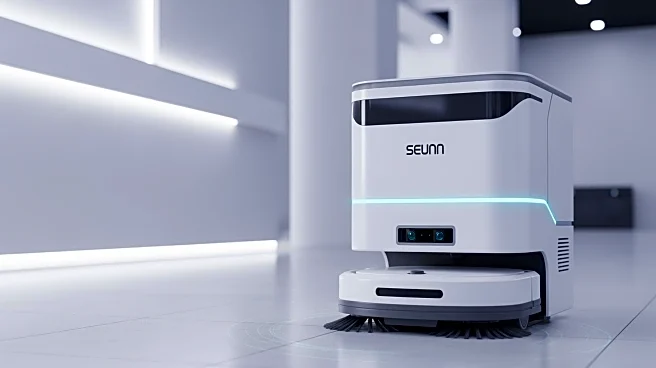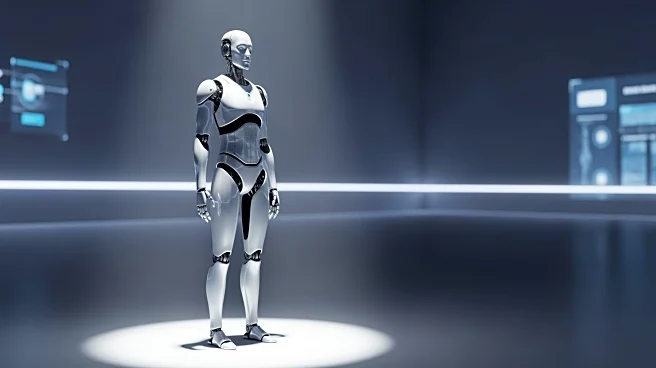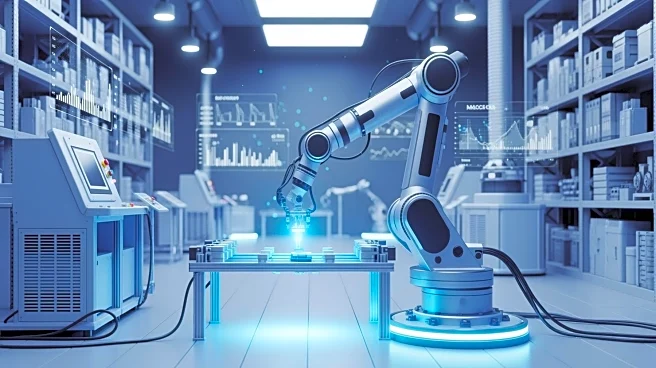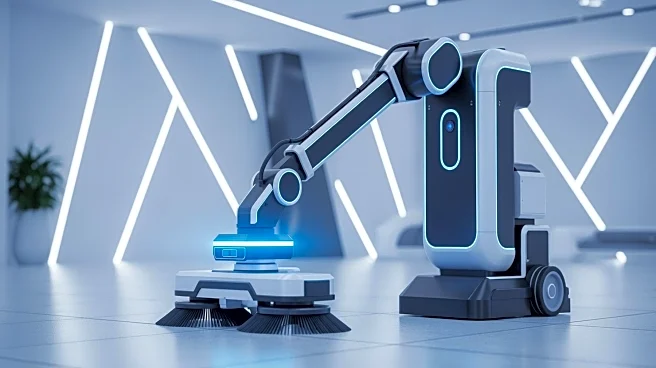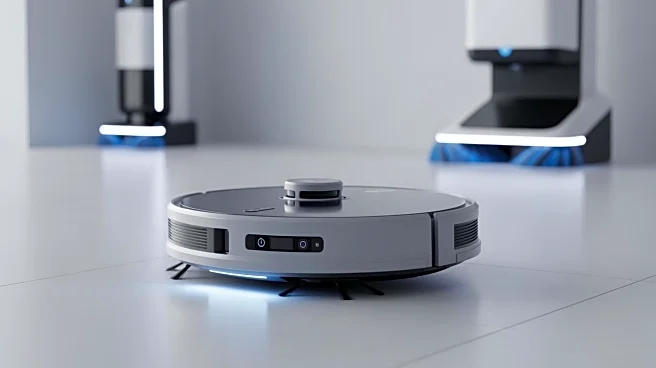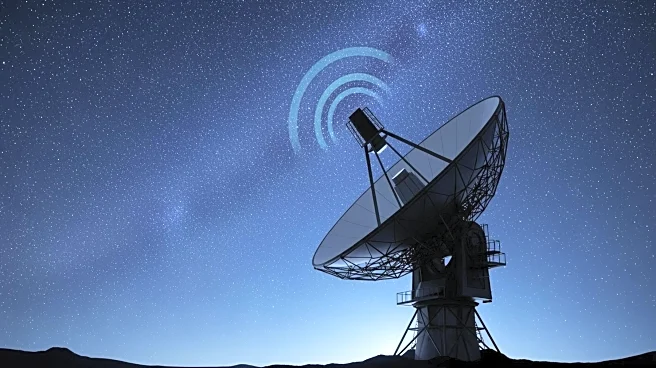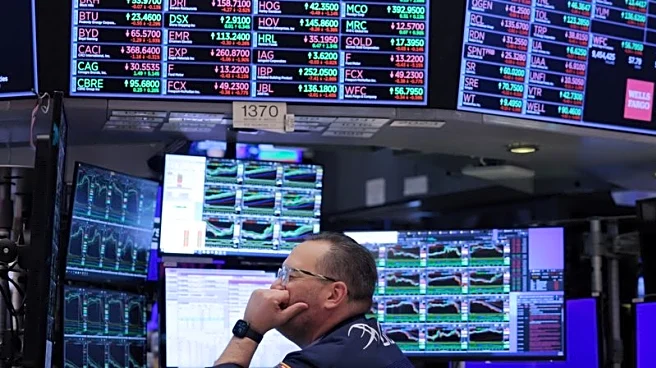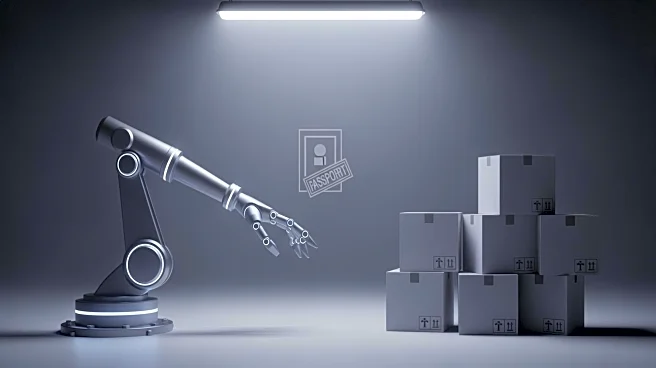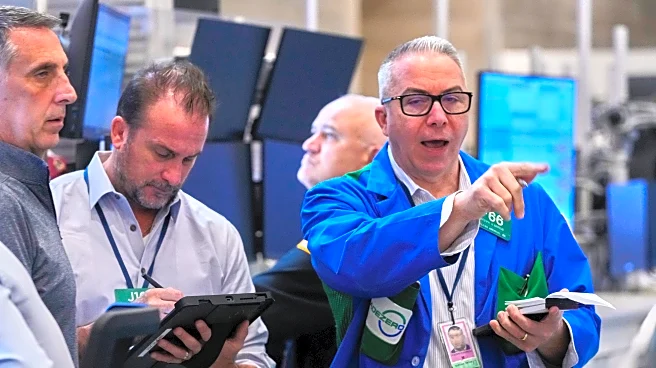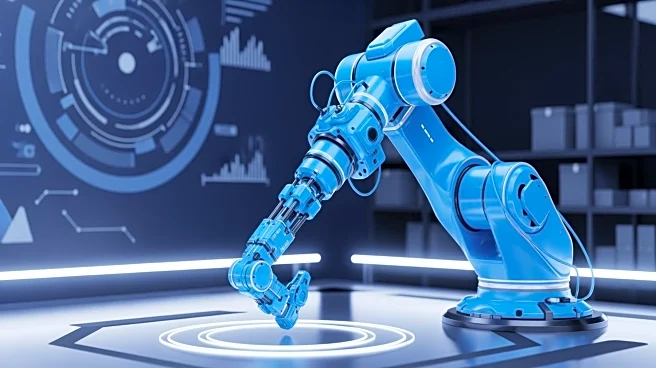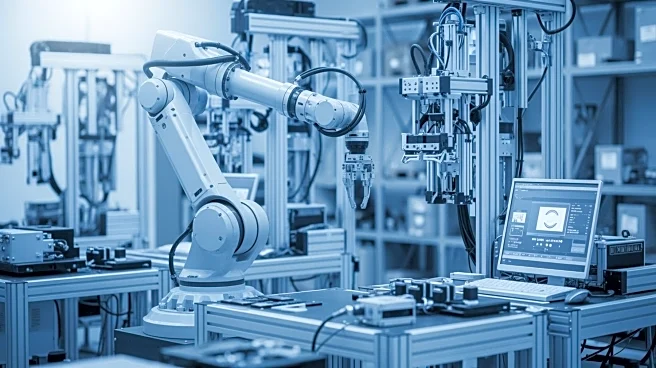What's Happening?
The Covid-19 pandemic in 2020 significantly transformed the cleaning and disinfection sector, leading to the widespread adoption of cleaning and sanitation robots. Initially deployed as emergency measures, these robots have now become permanent fixtures
in public spaces such as airports, malls, and hospitals. The global cleaning robot sector is projected to exceed $15 billion by 2030, with significant growth in Asia and the United States. These robots utilize advanced technologies like lidar, cameras, ultrasonic sensors, and UV-C lamps to ensure efficient and sustainable cleaning. Companies like SoftBank Robotics, Gaussian Robotics, and Avidbots are leading the industry, providing solutions for various sectors including healthcare and hospitality.
Why It's Important?
The integration of cleaning robots into public infrastructure represents a shift in hygiene standards, emphasizing technological competence and operational efficiency. These robots address labor shortages in janitorial services and offer measurable ROI through consistent performance and reduced chemical use. Regulatory bodies are beginning to incorporate robotic disinfection into risk-mitigation frameworks, highlighting the importance of maintaining hygiene standards in transport, healthcare, and hospitality sectors. The adoption of cleaning robots is not only a response to immediate health concerns but also a long-term strategy for maintaining public trust and safety.
What's Next?
The future of cleaning and sanitation robots involves integration with building-management and IoT platforms, enabling predictive cleaning based on occupancy and sensor data. Airports and office complexes are experimenting with coordinated fleets that adjust schedules based on foot traffic and air-quality sensors. The ultimate goal is to create self-maintaining environments where buildings autonomously monitor, clean, and disinfect themselves. This evolution will redefine hygiene as both a health measure and a technological benchmark, ensuring that shared spaces remain safe and clean.
Beyond the Headlines
The deployment of cleaning robots raises questions about the future of janitorial work, as human roles shift towards supervision and maintenance. This transition requires retraining but also improves working conditions, moving workers up the value chain into data services and robotics management. Public perception of cleaning robots has evolved from curiosity to acceptance, as they become a symbol of modern expectations in hygiene.
